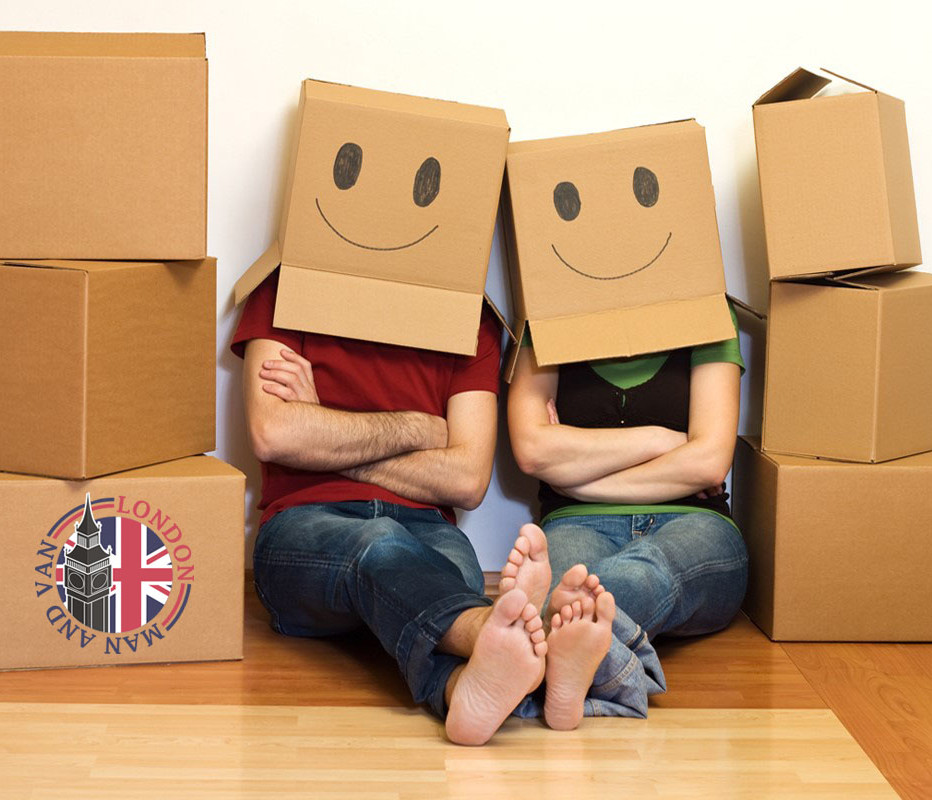
What to do with cardboard boxes after removal
Cardboard boxes are one of the most useful packing tools when moving. After removal, you are left with all that cardboard and it is taking your space in your closet or garage. You also don’t have an option to recycle it in your community. What can you do? The last thing you want is for it to end up in landfills so you have to come up with a solution.
There is a very useful way of utilizing the cardboard to feed your garden. It can be used as compost as far as you do it right. Not all types of cardboard can be used for composting but there are some that are commonly used and that are great for these purposes. Composting cardboard is a way better solution that dumping it in landfills and causing pollution. Dumping should not even be an option since there are eco-friendly ways that will not cost you money or time to dispose of it properly. Moreover, it can benefit you.
Here are few types of cardboard and you can use some as compost while others need to be recycled:
- corrugated cardboard
 This cardboard is usually used for packing and storing and it is in the form of boxes. You can use it as compost but first make sure you shred it so that it can degrade more efficiently.
This cardboard is usually used for packing and storing and it is in the form of boxes. You can use it as compost but first make sure you shred it so that it can degrade more efficiently.
- flat cardboard
This cardboard can also be used as a biomass. It is in the form of cereal and drinking boxes, shoe boxes, etc. These are also necessary to shred in to pieces before adding to your compost pile.
- wax-coated cardboard
This cardboard is covered with a waxy component which is not biodegradable; therefore, this cardboard cannot be used as compost. It needs to be recycled.
Composting
Before composting, make sure you cut down the cardboard in to small pieces. Larger pieces are hard to decompose so always try to shred it into very small pieces before you put it on the pile. Also, it is very important to remove stickers and similar labels. In order to accelerate the process, you can put the cardboard into water and then on the pile.
How to make a pile
First, you will start by putting a layer of corrugated cardboard that is previously shredded. This goes on the bottom of the pile. You can mix this with dead leaves, hay or other materials rich in carbon. Then, you can add a layer rich in nitrogen such as spoiled vegetables, fruit peals, freshly mowed grass, etc. Next, put a layer of soil on top, so that bacteria can do its job. Finally, keep making the same layers until your pile reaches 4 feet approximately. After about six months your compost will be ready. It might take some time but it eventually serves its purpose: it conditions the soil and decreases waste.
An important note: make sure your pile is wet and add as much water as the cardboard can soak in. It will speed up the composting process.
About author
-

-
Jeremy Oliver
Previously serving as a logistics coordinator, Jeremy's comprehensive understanding of the industry gives him the ability to translate complex procedures into easy-to-understand blog posts. He has a particular knack for tackling the intricacies of London's removals scene, from the congested roadways to the unique challenges of navigating historic neighborhoods. As an authentic Londoner, Jeremy combines practical knowledge with his inherent love for the city, offering readers not only information on man with van removals but also local insights and valuable tips.


